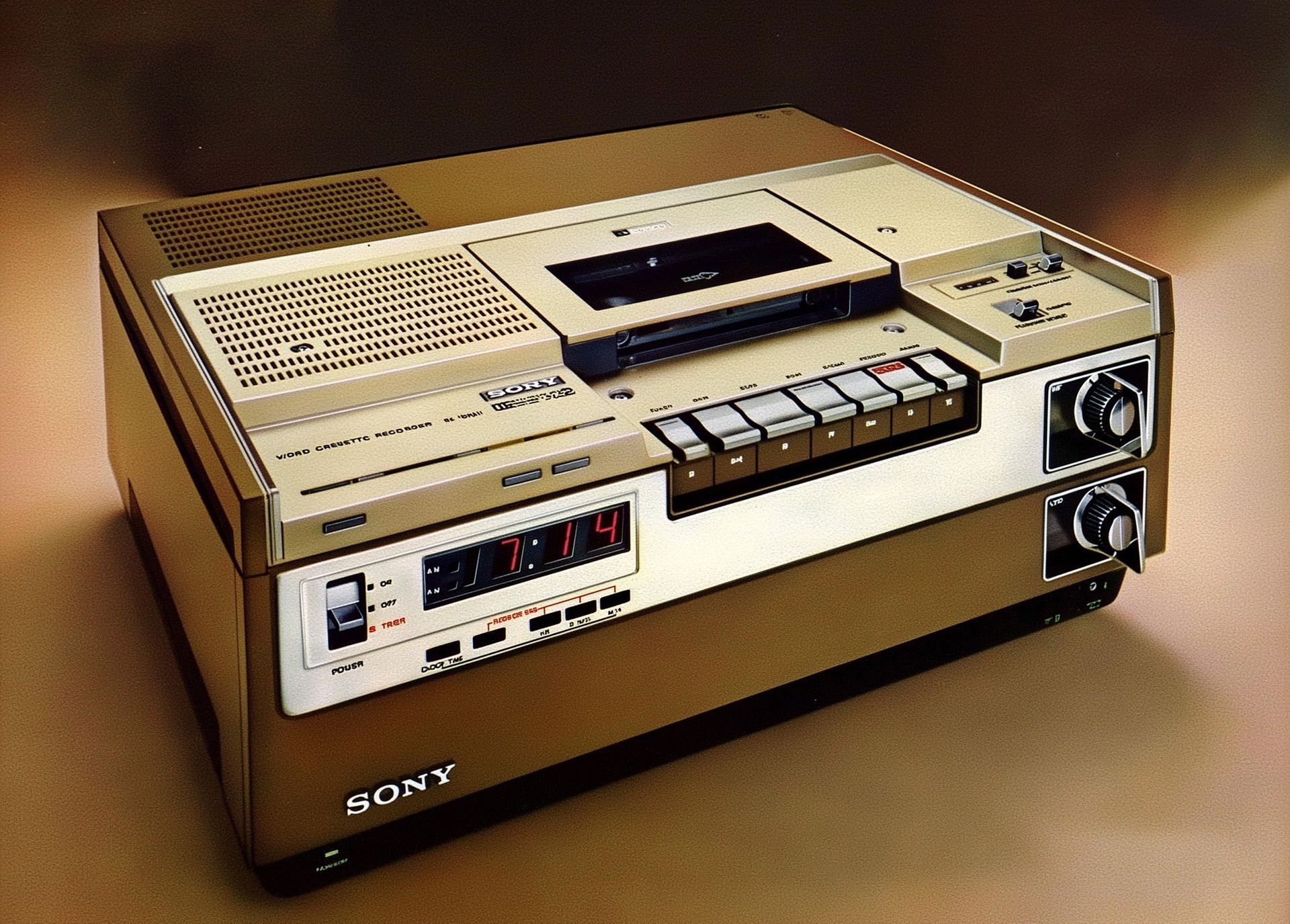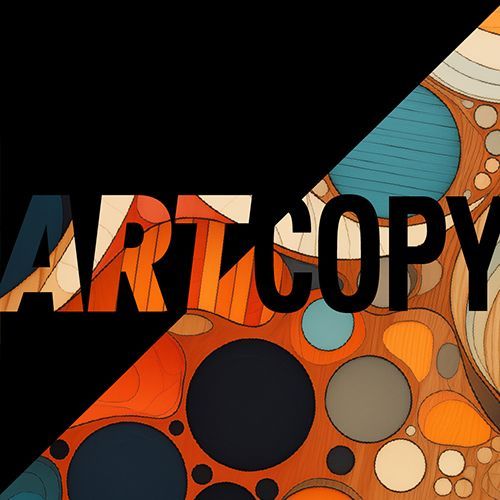MVB: What Early-Stage Tech Brands Need to Launch a Minimum Viable Brand
For tech startups, creating a Minimum Viable Product (MVP) — the stripped-down version of your product that allows you to test core assumptions with real users — is a common approach to product development. But what about your brand? Enter the Minimum Viable Brand (MVB): the essential elements needed to present your company professionally and connect with early customers, without over-investing in elaborate brand development.
The Must-Haves for Launching a Tech Brand
1. Clear Value Proposition
Your MVB starts with a crystal-clear articulation of what you offer and why it matters. This isn't about clever slogans — it's about explaining your value in simple terms that resonate with your target audience.
Focus on crafting:
- A one-sentence description of what you do
- The key problem you solve
- Why your solution is different
2. Visual Foundation
While you don't need an elaborate design system, you do need basic visual consistency:
- A simple, readable logo (even if it's just your company name in a clean font)
- Two primary colors that work well together
- One consistent font for digital communications
- Basic guidelines for using these elements
3. Essential Brand Voice
Establish how your brand communicates:
- Three core personality traits that guide your tone (e.g., "straightforward, optimistic, knowledgeable")
- Basic writing guidelines for consistency across team members
- Key terminology for describing your product or service
4. Core Messaging Building Blocks
Create a simple messaging framework:
- Company boilerplate (2-3 sentences describing your company)
- Three key differentiators
- Basic proof points or early success metrics
- Standard product/service descriptions
What Can Wait
1. Extended Brand Assets
Save these for later:
- Secondary color palettes
- Custom illustrations or icon sets
- Motion graphics
- Brand mascots or characters
- Complex logo variations
2. Comprehensive Guidelines
Don't invest time in:
- Detailed brand books
- Extensive tone of voice documents
- Complex approval processes
- Multiple brand storylines
- Social media playbooks
3. Advanced Marketing Materials
Hold off on:
- Print collateral
- Branded merchandise
- Complex presentation templates
- Event booth designs
- Environmental branding
Making Your MVB Work
Remember that your MVB should be:
1. Flexible: Your brand will evolve as your company grows. Build in room for change.
2. Authentic: Don't try to look bigger than you are. Early customers often prefer working with startups that are honest about their stage.
3. Consistent: Even with minimal elements, apply them consistently across all touchpoints.
4. Scalable: Choose brand elements that can grow with you, rather than requiring a complete overhaul in six months.
When to Expand Beyond MVB
Consider investing in additional brand elements when:
- You've validated your product-market fit
- Your customer base is growing steadily
- You're entering new markets or segments
- You're raising significant funding
- Your current brand elements are limiting growth
A Minimum Viable Brand strategy isn't about cutting corners — it's about being strategic with your resources. By focusing on the essential elements that truly matter for early-stage success, you can build a professional, effective brand presence without overextending your team or budget. Remember, many successful tech companies started with simple brands and evolved them over time as their needs and resources grew.
Start with these fundamentals, execute them well, and you'll have the brand foundation needed to support your early growth. You can always add complexity later, but you can't succeed without these basics in place.




